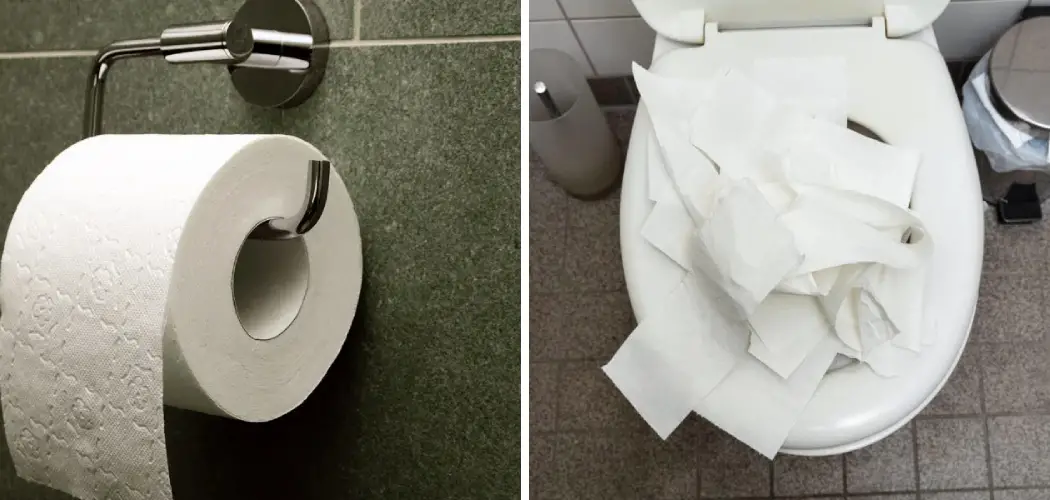Are you tired of your toilet getting clogged due to paper towels? Do you want to find a way to dispose of paper towels without harming your plumbing system? If yes, then you have come to the right place.
How to dissolve paper towels in toilet can be a challenging task due to their composition and ability to absorb water. Unlike toilet paper, which is designed to break down quickly, paper towels are thicker and more durable, making them less suitable for flushing. This guide will explore effective methods to dissolve paper towels and prevent plumbing issues, ensuring a smoother experience in managing waste.
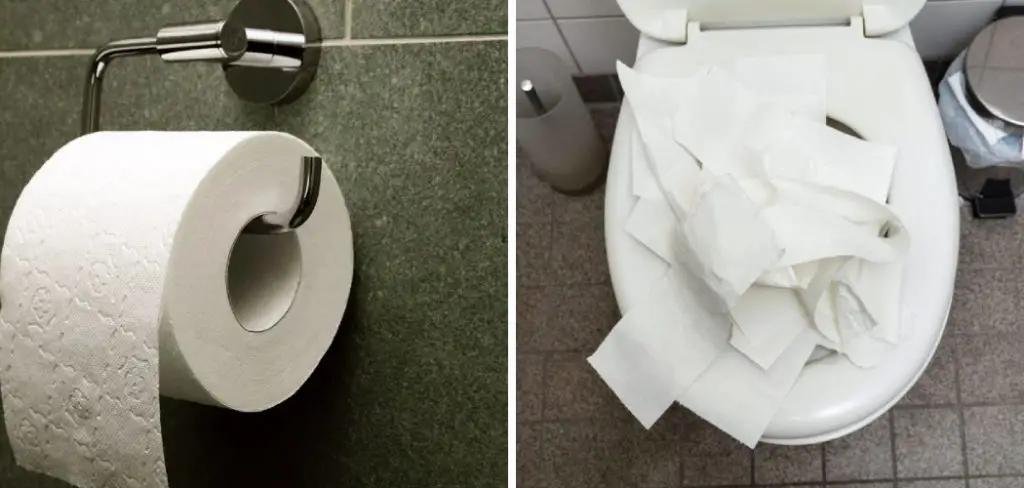
Understanding the right techniques can save you time, effort, and potential damage to your plumbing system. Whether you’re dealing with a blockage or simply seeking to dispose of paper towels safely, follow these tips to handle the situation efficiently.
What Will You Need?
Before we dive into the methods of dissolving paper towels in your toilet, let’s go over the materials you will need:
- Plunger: This is a basic tool for unclogging your toilet by creating pressure and forcing water through the pipes.
- Boiling Water: Hot water helps to break down and soften paper towels, making them easier to dissolve.
- Enzyme-based Drain Cleaner: These cleaners use natural enzymes to break down organic materials like paper towels.
- Toilet Brush: After using other methods, a toilet brush can be used to manually break up any remaining larger pieces of paper towel.
Now that you have all the necessary tools, let’s examine different ways to dissolve paper towels in your toilet.
10 Easy Steps on How to Dissolve Paper Towels in Toilet
Step 1: Assess the Situation
Before proceeding with any method, it’s essential to assess the severity of the blockage in your toilet. Check how much of the water is pooled and whether the bathroom is even flushing at all. If only a small amount of paper towel is causing a minor obstruction, you can clear it with simple techniques. However, if the toilet is fully clogged and overflowing, it’s crucial to act carefully to prevent any further mess. Wear gloves to protect your hands, and keep a bucket nearby to catch any overflow or collect excess water.
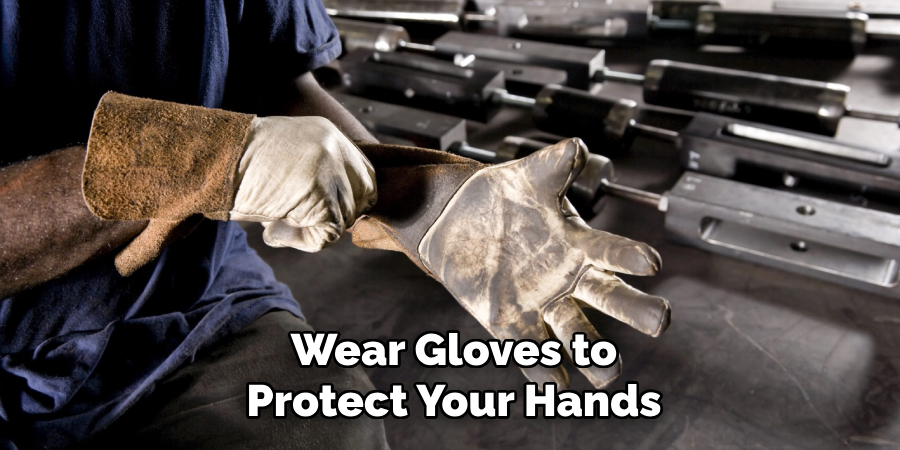
Understanding the situation will help you choose the appropriate method to address the problem while minimizing potential damage. Once you have a clear assessment, you can move on to the following steps to effectively dissolve the paper towels in your toilet.
Step 2: Use Boiling Water
After assessing the situation, the next step is to pour boiling water into the toilet bowl gently. Start by heating a kettle or pot of water until it reaches a rolling boil. Once cooked, carefully pour the hot water from waist height to avoid splashing. This method helps to soften the paper towels, making them easier to break apart and dissolve. Be cautious not to pour the boiling water too quickly, as this may cause the water to splash back or damage the porcelain. Allow the hot water to sit for a few minutes, giving it time to work on breaking down the paper towels before proceeding to the next step.
Step 3: Use a Plunger
If the boiling water doesn’t fully dissolve the paper towels, the next step is to use a plunger. Place the plunger over the toilet drain, ensuring it creates a tight seal. With a firm grip, plunge vigorously up and down to create pressure and suction within the pipes. This motion can help dislodge any stubborn pieces of paper towels and force them toward the sewage system.
Make sure to maintain a consistent rhythm while plunging, and continue for about 30 seconds. After plunging, check to see if the water drains properly. You can repeat this step to enhance your chances of breaking the blockage if necessary.
Step 4: Apply Enzyme-based Drain Cleaner
If the paper towels remain after using boiling water and a plunger, it may be time to use an enzyme-based drain cleaner. These cleaners contain natural enzymes that effectively break down organic materials, including paper products. Carefully follow the instructions on the product label, as each cleaner may have specific guidelines for application. Pour the recommended amount into the toilet bowl and allow it to sit for the specified duration—typically a few hours or overnight—to enable the enzymes to work on dissolving the paper towels.
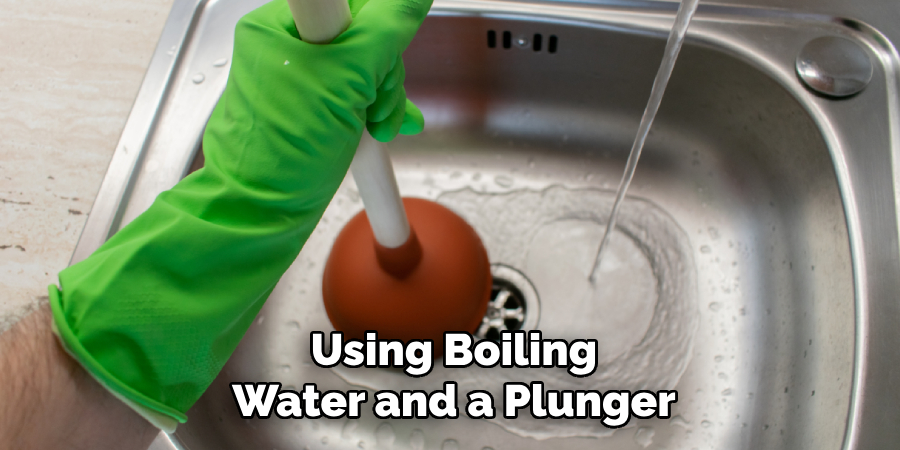
After the waiting period, flush the toilet to clear away any remaining residue and check if the blockage has resolved. Repeat this step or combine it with other methods for optimal results if necessary.
Step 5: Use a Toilet Brush
If the previous methods don’t completely resolve the blockage, you can utilize a toilet brush to manually break apart any remaining more extensive pieces of paper towels. Insert the toilet brush into the bowl and gently agitate it against the paper towel remnants, applying moderate pressure. This action can help to disintegrate the paper towels further, allowing the water to flow more freely. Once you have worked on the blockage, flush the toilet to see if the paper towels have dissolved sufficiently. If needed, repeat the process until the toilet functions properly again.
Step 6: Utilize Dish Soap
If you still face difficulties after trying the previous methods, adding dish soap can be helpful. Pour a generous amount of dish soap directly into the toilet bowl, as the soap can help lubricate and break down the paper towels. Allow the dish soap to sit for about 10-15 minutes. The soap’s surfactants break the surface tension of the water, which can facilitate the dissolution of the paper towels. After waiting, you can flush the toilet to see if the blockage has improved. If necessary, you can repeat this step to enhance the effectiveness of the dish soap before moving on to the next solution.
Step 7: Try Hot Vinegar
If you’re still encountering stubborn paper towels, an alternative method is to use hot vinegar. Begin by heating a pot of vinegar until it is steaming but not boiling. Carefully pour the hot vinegar into the toilet bowl, as the acetic acid in vinegar can help to break down organic materials. Allow it to sit for at least 30 minutes to an hour, giving the vinegar time to penetrate and dissolve the paper towels. After waiting, flush the toilet to see if the blockage has cleared. This method is not only a natural solution but can also help to freshen your toilet.
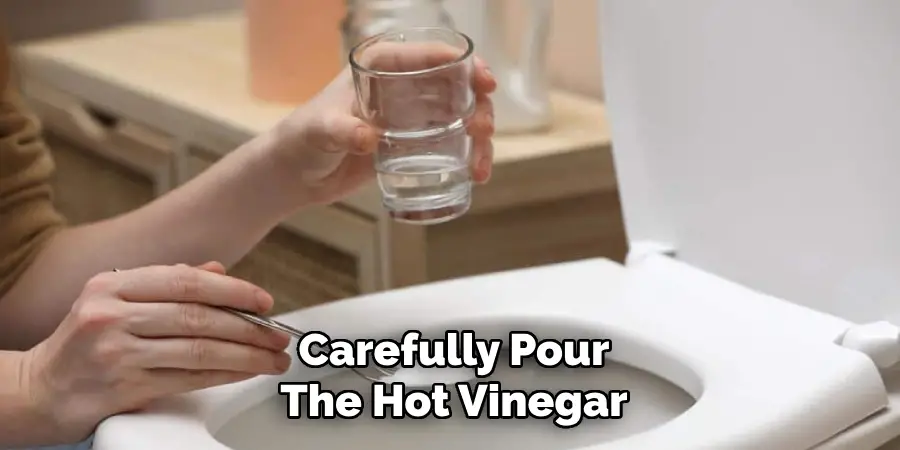
Step 8: Use a Wet/Dry Vacuum
If the blockage persists despite previous attempts, employing a wet/dry vacuum can efficiently remove the paper towels. First, dry the toilet by soaking up excess water with towels or a sponge. Then, position the vacuum hose in the toilet bowl, ensuring it creates a good seal. Turn on the vacuum to suck out the water and any loosened paper towel remnants. This method can effectively remove materials that are too stubborn for other methods. Once you’ve cleared the blockage, flush the toilet to ensure everything functions correctly. Be cautious during this process to avoid damaging the vacuum or causing a mess.
Step 9: Seek Professional Help
If all attempts to clear the blockage fail, and the paper towels remain stuck in the toilet, it may be time to seek professional plumbing assistance. A licensed plumber has the necessary tools and expertise to address more severe clogs that require specialized techniques, such as drain snakes or hydrojetting. Contact a plumbing service with a good reputation in your area and explain the situation, allowing them to provide the best solution. Regular professional maintenance can also help prevent future clogs, ensuring your plumbing system remains in good working order.
Step 10: Prevent Future Clogs
Once the blockage has been resolved, it’s essential to take measures to prevent future clogs from occurring. Start by establishing a strict rule against flushing non-biodegradable items like paper towels, feminine products, and wipes. Educate all household members or employees about the importance of proper disposal methods for such items.
Additionally, consider using a biodegradable alternative to regular paper towels that dissolve more easily in water. Regularly inspect your plumbing system for signs of wear or buildup and perform routine maintenance, such as flushing your drains with hot water or using enzyme cleaners periodically.

Following these steps and implementing preventative measures can mitigate the chances of encountering paper towel clogs in your toilet.
Conclusion
In summary, dealing with paper towel clogs in your toilet can be challenging, but they can often be resolved effectively with the right approach.
You can often dissolve minor blockages by starting with simple home remedies like boiling water, enzyme-based cleaners, and dish soap. More intensive techniques such as a toilet brush, hot vinegar, or a wet/dry vacuum may be necessary if these methods fail. Ultimately, when all else fails, feel free to contact a professional plumber who can address the issue with the proper tools and expertise. Most importantly, preventative measures such as educating household members about what can be flushed and regular maintenance practices are vital to ensuring your plumbing remains clog-free in the future.
Hopefully, the article on how to dissolve paper towels in toilet has provided you with helpful tips and solutions to tackle this common household issue. Happy flushing!

